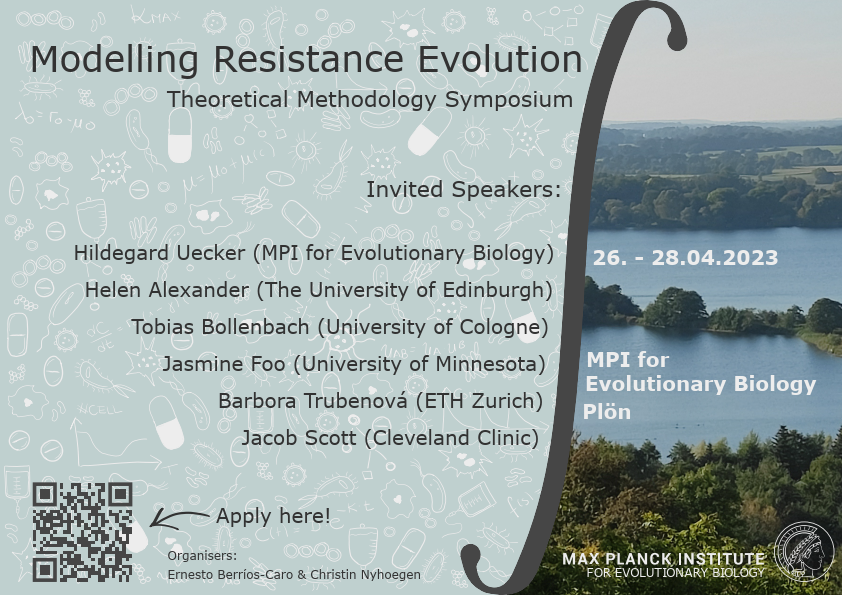Speaker
Description
The repeatability of evolution depends strongly on the distribution of fitness effects (DFE) of beneficial mutations. While theoretical modeling has focused mainly on light-tailed DFEs, experiments on antibiotic resistance evolution have also uncovered signatures of heavy-tailed DFEs. We show that in the latter case the repeatability behaves in counter-intuitive ways. Firstly, the evolutionary process is dominated by only a few mutations even in the limit of an infinite number of available beneficial mutations. This enhances the repeatability, but it also implies that the degree of repeatability is less predictable from the DFE. Secondly, the measure of repeatability becomes a non-self-averaging variable which does not converge to its mean. This necessitates a careful conceptual distinction between typical and mean values of the repeatability measure, with important consequences for the quantification of the repeatability of antibiotic resistance evolution from empirical data. I will discuss the theoretical results and illustrate them with experimental data on the DFE of mutations in an antibiotic resistance enzyme.

